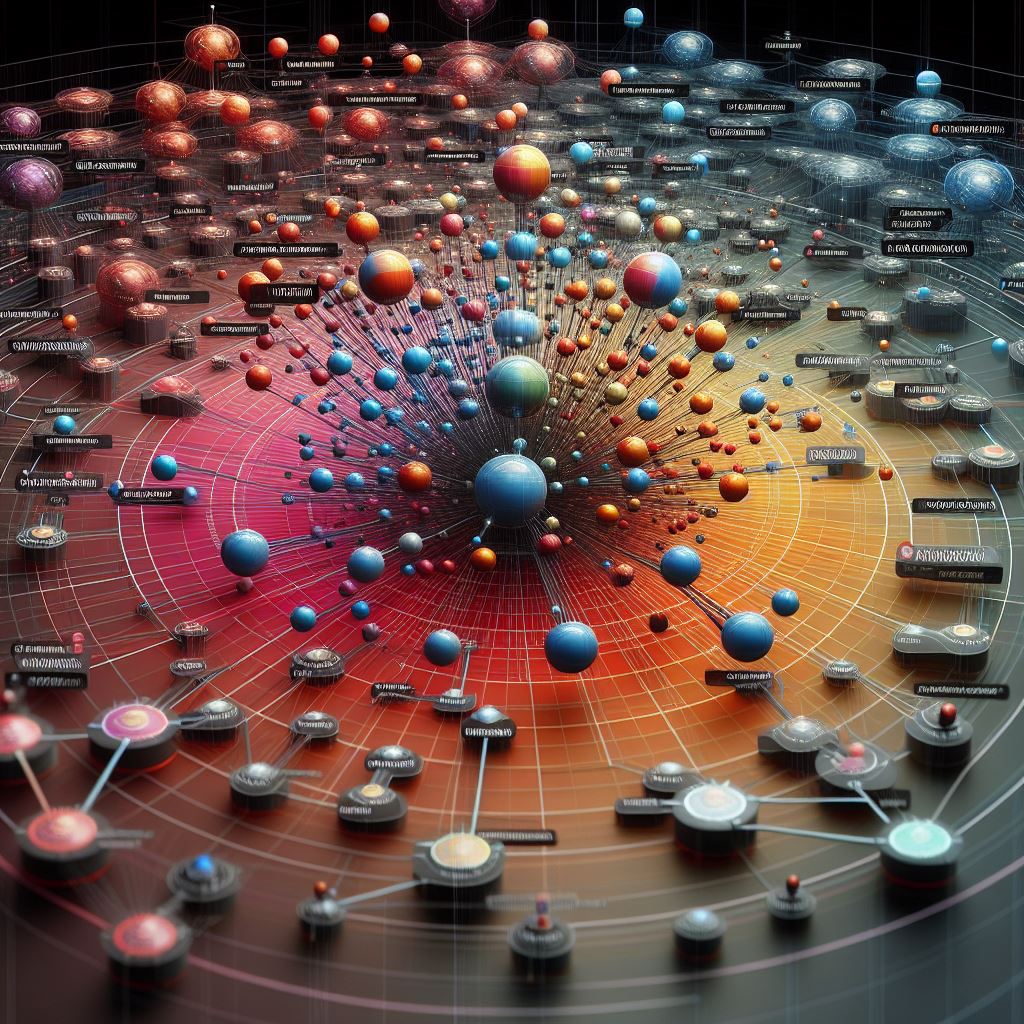Hi friends. Welcome to a new article on SQLNetHub! In the technology field of database management, the emergence of NoSQL databases has prompted traditional relational models to adapt. SQL Server, a long-standing player in relational databases, has embraced this change by introducing Graph Database features. In this article, we’ll explore the interesting topic of SQL Server Graph Databases, highlighting their features, practical applications, and impact on modern data management.
Understanding SQL Server Graph Databases
Graph databases prioritize relationships, departing from the tabular structure of relational databases. In SQL Server Graph Databases, entities are represented as nodes, relationships as edges, and additional details as properties. This approach simplifies data modeling and enhances the representation of complex connections between data points.
Key Features and Benefits
Now let’s take a look at the key features and benefits of SQL Server Graph Databases:
- Relationship-Centric Modeling: Graph databases simplify data modeling by emphasizing relationships between entities, rather than their individual attributes.
- Efficient Querying: SQL Server Graph Databases offer specialized Transact-SQL extensions for querying graph data, enabling efficient traversal of relationships.
- Automatic Indexing: SQL Server automatically indexes graph data structures, ensuring fast query performance even with large datasets.
Use Cases and Applications
Graph databases have many interesting uses not only contained in the database world, but also in AI, thus serving as an intersection of databases and artificial intelligence.
Let’s talk about some of their main use cases:
- Social Networks and Recommendations: Graph databases excel at modeling social networks and recommendation systems, enabling personalized user experiences and targeted content recommendations.
- Fraud Detection and Network Analysis: SQL Server Graph Databases facilitate real-time fraud detection and network analysis by representing transactions, accounts, and entities as interconnected nodes and edges.
- AI Integration and Knowledge Graphs: SQL Server Graph Databases can serve as the foundation for integrating AI algorithms and building knowledge graphs. By modeling relationships between entities, these databases enable AI systems to reason over vast amounts of interconnected information, enhancing decision-making and predictive capabilities.
Concluding Remarks
SQL Server Graph Databases are a big step forward in managing data. They’re great at showing how things are connected and making it easy to find related information. By using Graph Databases, companies can learn a lot from their data, make things run smoother, and come up with new ideas. Plus, when you mix in artificial intelligence, it opens up even more possibilities for understanding and using data effectively in our highly connected world.
Strengthen you SQL Server Development Skills – Enroll to the Course!
Check our online course titled “Essential SQL Server Development Tips for SQL Developers“
Via the course, you will sharpen your SQL Server database programming skills via a large set of tips on T-SQL and database development techniques. The course, among other, features over than 30 live demonstrations!

Featured Online Courses:
- AI Essentials: A Beginner’s Guide to Artificial Intelligence
- Human-AI Synergy: Teams and Collaborative Intelligence
- SQL Server 2022: What’s New – New and Enhanced Features
- Data Management for Beginners – Main Principles
- Introduction to Azure Database for MySQL
- Working with Python on Windows and SQL Server Databases
- Boost SQL Server Database Performance with In-Memory OLTP
- Introduction to Azure SQL Database for Beginners
- Essential SQL Server Administration Tips
- SQL Server Fundamentals – SQL Database for Beginners
- Essential SQL Server Development Tips for SQL Developers
- Introduction to Computer Programming for Beginners
- .NET Programming for Beginners – Windows Forms with C#
- SQL Server 2019: What’s New – New and Enhanced Features
- Entity Framework: Getting Started – Complete Beginners Guide
- A Guide on How to Start and Monetize a Successful Blog
- Data Management for Beginners – Main Principles
Check Also:
- Announcing the Arrival of “AI Essentials: A Beginner’s Guide to Artificial Intelligence”
- SQL Server Database Design Best Practices
- Essential SQL Server Development Tips for SQL Developers
- How to Import and Export Data in SQL Server
- Listing all Tables of a Linked Server’s Database
- How to Import and Export Unstructured Data in SQL Server – FileTables
- How to Import and Export Unstructured Data in SQL Server – FILESTREAM
- How to Import and Export Unstructured Data in SQL Server – The IMAGE Datatype
- Sequence Objects in SQL Server 2012 and later
- System.IO.FileLoadException: could not load file or assembly…
- Working with XML and JSON Data in SQL Server
- …more
Rate this article:
Reference: SQLNetHub.com (https://www.sqlnethub.com)
© SQLNetHub
Artemakis Artemiou is a seasoned Senior Database and AI/Automation Architect with over 20 years of expertise in the IT industry. As a Certified Database, Cloud, and AI professional, he has been recognized as a thought leader, earning the prestigious Microsoft Data Platform MVP title for nine consecutive years (2009-2018). Driven by a passion for simplifying complex topics, Artemakis shares his expertise through articles, online courses, and speaking engagements. He empowers professionals around the globe to excel in Databases, Cloud, AI, Automation, and Software Development. Committed to innovation and education, Artemakis strives to make technology accessible and impactful for everyone.


